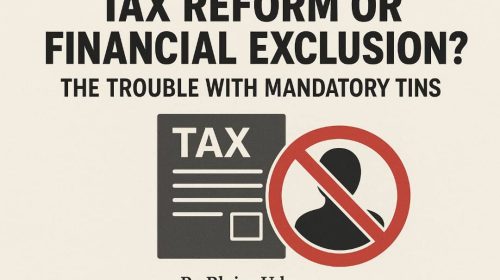CBN partners Rice Farmers to crash price

The National President, Rice Farmers Association, Alhaji Aminu Goronyo, has disclosed plans by the Central Bank of Nigeria (CBN) and the association to crash the market prices of locally produced rice.
According to Goronyo, the apex bank and the association have entered into a partnership for the purpose .
He said yesterday in Abuja that the price of a 50kg-bag of locally produced rice would plummet from N18,000 to between N6,500 and N7000 by April 2018.
He said that the price-reduction plans would be achieved under a joint programme of RIFAN and the Anchor Borrowers Programme of the Central Bank of Nigeria, which would be launched in Abuja on Jan. 13, 2018.
According to News Agency of Nigeria report, Goronyo said that 12 million rice farmers in the country would benefit from the one-year partnership, adding, however, that 300,000 rice farmers from 20 states would be supported at the beginning of the programme in January.
He said that under the new initiative, the CBN had modified the programme to facilitate its direct relations with RIFAN so as to ensure timely disbursement and full repayment of loans, unlike what obtained in the past.
He said that the new initiative would double the achievements of the earlier edition of ABP, which was launched on Nov. 17, 2015 in Kebbi, with a target to produce additional 2.5 million tonnes of paddy rice.
He said that in 2015, Nigerians spent not less than N1bn daily on rice consumption, adding that while the spending had reduced drastically, rice consumption had increased significantly because of the increase in local production of rice.
Goronyo said that the available statistics indicated that the rice consumption rate in the country now had increased from 7.9 million tonnes to over 8 million tonnes, while the volume of rice production had increased from 5.8 million tonnes to 6.9 million tonnes per annum.
He, however, noted that several efforts had been put in place to cut down the price of rice, adding that some of the efforts included collaborations with Competitive African Rice Initiative (CARI) and other African countries to boost rice production and exports in Africa.
The report said Goronyo stressed that rice prices would further drop, as there were currently bumper harvests in rice farms across the country, while RIFAN was collaborating with rice millers on the pricing of the commodity.
Besides, the RIFAN president said that RIFAN had signed a Memorandum of Understanding with the Nigeria Customs Service on how to contain rice smuggling into the country through the land borders.
Goronyo said that the efforts being put in place and the current economic situation in the country had made it somewhat difficult for people to import rice into the country and make profit.
“The landing cost of a 50kg.-bag of imported rice is now N19, 500; then, how much should the 50 kg.-bag of rice be sold?
“The smuggled rice that comes into Nigeria is just five per cent of what we consume, and the rice comes in through the informal sector,’’ he said.
Recall that the Federal Government had told Nigerians to expect a reduction in the price of rice by 2018.
Minister of Information and Culture, Alhaji Lai Mohammed who stated this at a media briefing in Abuja, said that “Nigeria is inching closer to achieving self-sufficiency in rice, due to the success recorded by the Administration in the local production of rice.”
He said the Buhari administration is targeting rice production of 7 million Metric Tons, MT by 2018, in addition to the establishment of rice mills, including the 120,000MT WACOT Mill in Kebbi and the 1,000, 000MT Dangote Rice Mill.
According to Lai Mohammed, the increased production is bound to eventually bring down the price of rice and also bring succour to Nigerians.
He noted that, the improvement in rice production across the country did not happen by accident, but largely due to the Anchor Borrowers’ Programme, initiated by President Muhammadu Buhari, which supports farmers through inputs distribution and loans to boost rice production.







Leave a Reply